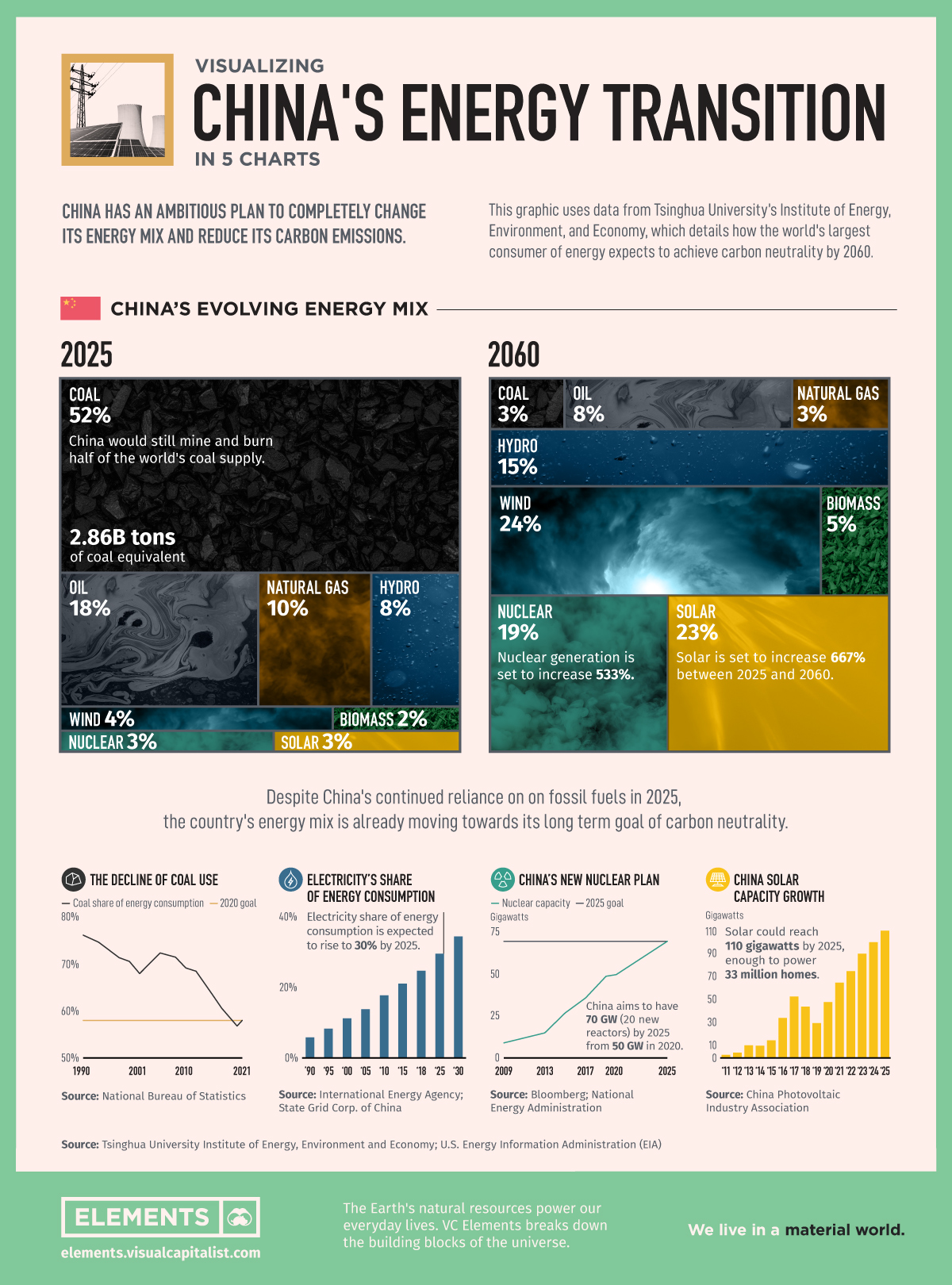What Does Atlassian Billionaire Mike Cannon-Brookes Really Want?
Mike Cannon-Brookes’ Grok Ventures and Brookfield, a Canadian asset management company have offered to take over Australia’s oldest listed company, AGL, which began life as Australian Gas & Light.
Cannon-Brookes styles himself as an eco-warrior, offering to shutter AGL’s remaining coal fired generating plants early.
He says that would be one of the single most important decarbonization steps on the planet.
Even if accepted at face value, that claim is somewhat overblown and frail reasoning for a multi-billion dollar investment.
So, what assets does AGL possess that Cannon-Brookes would value?

Failing AGL Trying To A Itself Into Two Companies
AGL is losing money and has been struggling for some years.
Management has been in turmoil, unable to successfully adapt to the changing generating and electricity distribution industry. Visionary executives have been ejected in favor of Liberal Party (and IPA)-backed business-as-usual political hacks. Political interference from the IPA think tank has driven continuous management changes, seriously damaging the market’s assessments of the company’s reliability, long term vision and earnings potential.
AGL’s market capitalisation, has fallen to significantly less than AUD $5 Billion, well below its enterprise value which is north of $7 Billion. Investors, in other words don’t have confidence in the current management.
That means there are assets of $7 Billion up for grabs – at a price significantly less than $5 Billion. Cannon-Brookes could buy the company, shutter the coal fired generators and still be ahead of the game.
In desperation, the current management has been trying to split the company into two: AGL Australia and Accel Energy.
Grok Ventures – a $2 Billion Venture Fund
If successful, where would AGL (or AGL Australia and Accel Energy) fit in Cannon-Brookes’ investment fund, Grok Ventures?
Most of Grok’s investments have been in technology – Canva, CultureAmp, SpaceX, Who Gives A Crap, Bitcoin, Adelaide-based Fleet Space Technologies, and Spriggy.
But Grok has also taken a significant stake in a variety of renewable energy plays – right along the value chain. Among the largest is the investment in the $30 billion Sun Cable project to partially power Singapore from a solar farm in the Northern Territory.
Grok has also invested in home solar fintech Brighte, Sun Drive Solar, (a Sydney solar panel startup to provide solar panels to Sun Cable), Goterra a maggot-based waste management business, a meat replacement companies Fable Food Co. and Vow Food Co.
- Hamas’ ‘success’ may Signal its Doom
- (no title)
- China Holds Debtor Country Toes To The Fire
- Putin’s Defeats Mount Up – As Do The Bodies
- Malthus Lite








You must be logged in to post a comment.